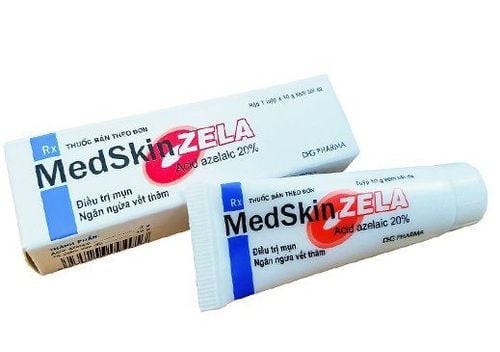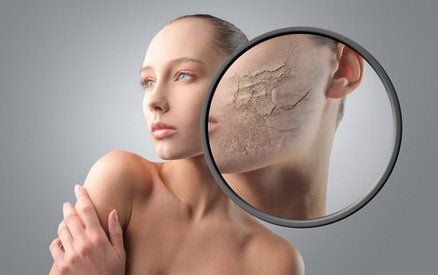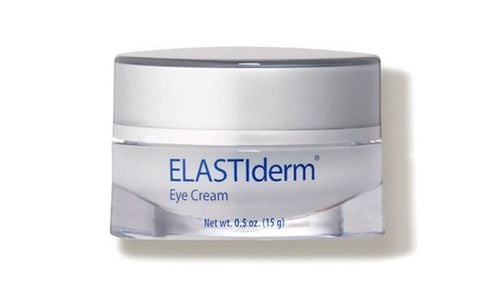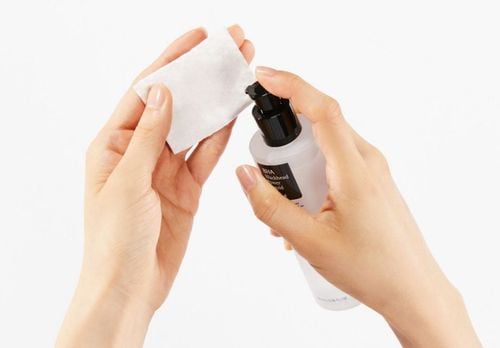This is an automatically translated article.
Peeling is chemical exfoliation that removes dead dry skin cells on the surface and leaves softer, smoother skin underneath. While many peels need to be done in a clinic, there are at-home peels. So what do you need to pay attention to when working from home?1. What is a chemical peel?
Chemical peels are chemical peels that are essentially exfoliants with a pH usually around 2.0. Therefore, when looking to buy peel products yourself, make sure that the product has the required pH, enough percentage of acid needed to exfoliate the skin. If the pH is increased, that product will become less active.The action of a chemical peel is to exfoliate the top dead skin cells. However, from the perspective of treatment and aesthetics from dermatologists, the peel layer plays more roles, including:
Deep exfoliation Treatment of melasma, hyperpigmentation and other skin discolorations Facial rejuvenation Unclog pores Clear acne Reduce the depth of fine lines or acne scars Brighten skin tone Enhance absorption of other skin care products
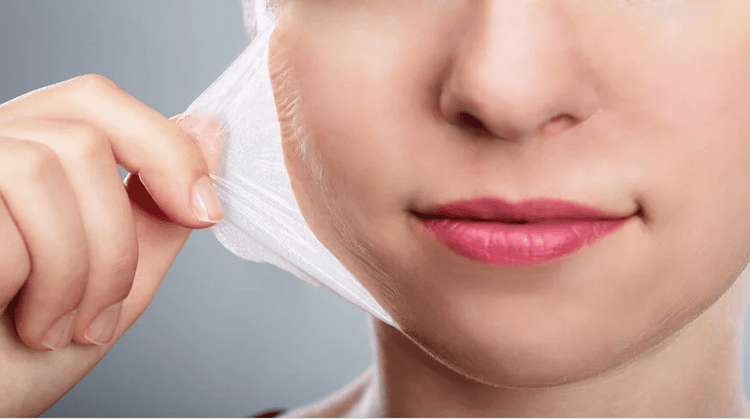
Peel da bằng hóa chất là lớp vỏ hóa học có bản chất là chất tẩy da chết với độ pH thường khoảng 2,0
2. Types of chemical products used to peel skin
The chemical peels recommended for peels are classified by activity, which is divided into three categories:Mild: These products are low in penetration, gentle exfoliation and are best suited for skin types. Mild skin problems such as slight discoloration or rough texture. For example, low concentrations of mandelic, lactic, and salicylic acids often fall into this category. Moderate: These penetrate deeper into the middle layer of the skin, target damaged skin cells, and are best suited for moderate skin problems such as superficial scarring, lines and wrinkles. wrinkles or pigmentation or age spots. This chemical peel is even used in the treatment of precancerous skin growths. For example glycolic acid, Jessner and TCA have high percentages. Level of Depth: As the name implies, their ability to penetrate through the middle layer of the skin and even into very deep. They target damaged skin cells, moderate to severe scarring, deep wrinkles and persistent skin discoloration. For example TCA and phenol have a high percentage. Note that when doing peels at home, absolutely do not use these products on your own, but need to be done by leading dermatologists.
3. What you need to do a peel at home
To serve the at-home peel becomes simpler and more effective. You need to fully prepare the following:Fan brush to apply the skin, both to save the product and to allow the application to be controlled, with a uniform thickness. Vaseline to protect sensitive areas where the chemical peel should not touch, like the sides of the nose, lips and eye sockets Stopwatch or timer to monitor when to neutralize the peel Gloves for protection skin of hands when in contact with chemical shells Shotgun or dropper dispenser to distribute the product evenly according to the required skin area
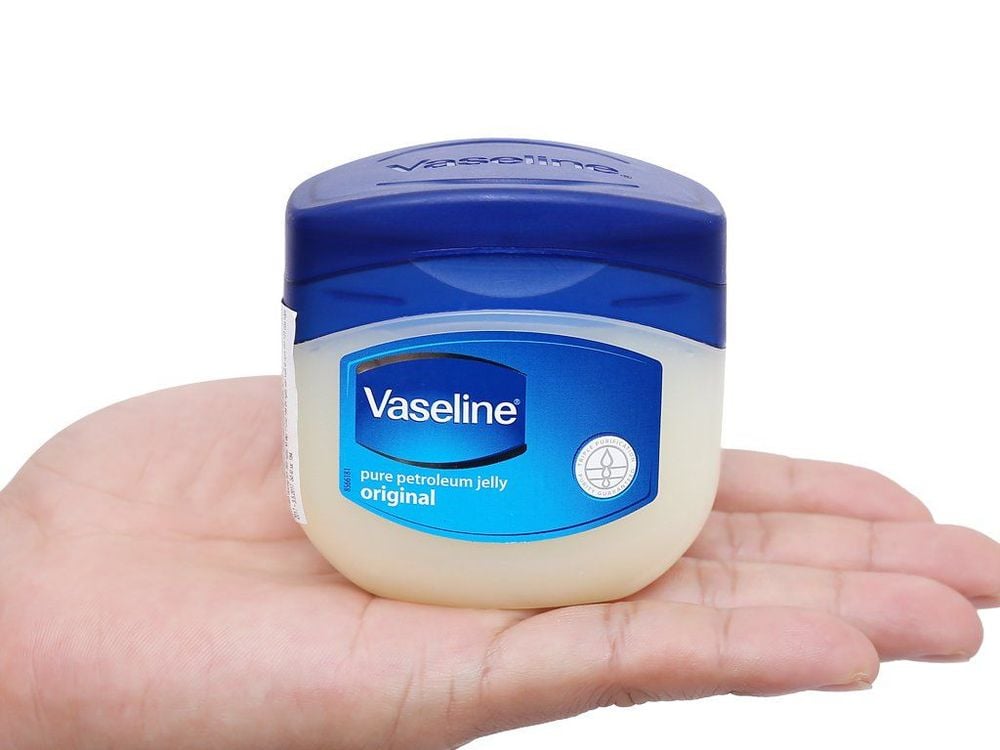
Bạn nên chuẩn bị sẵn vaseline để bảo vệ những vùng da nhạy cảm mà lớp vỏ hóa học không được chạm vào, như hai bên mũi, môi và hốc mắt
4. Steps to do a peel at home
Before you get started, be aware that peels can have serious side effects, especially for those with sensitive skin. At the same time, even with mild activity, the chemicals used are very strong detergents and should not be used arbitrarily daily or more than once a week.Always prepare the necessary knowledge for yourself, it is best to consult a health care professional, a dermatologist before deciding to perform a chemical peel at home. The doctor will help orient the type of chemical to use and how to prepare, the appropriate dose for each skin.
When starting with any chemical peel, test and ensure minimal skin safety by:
Apply a small amount of product to the skin in an inconspicuous area, such as the inside of the wrist or arm. Wait 48 hours to see if there is a response. Test the area 96 hours after application to see if there is a slow response. If the above checks are safe, follow these steps slowly and precisely to help ensure a safe peel and to minimize any potential risks. During the first peel, the chemical peel should be left on the skin for up to 30 seconds using a stopwatch or timer. On subsequent occasions, consideration may be given to increasing the duration of stay on the facial skin by 30 seconds, until the maximum limit of five minutes is reached.
For example, let's say start with a 15% mandelic acid shell. The first week, apply only for 30 seconds. Next week, increase to one minute. The following week, 1 minute 30 seconds, and so on until you reach a maximum of five minutes. If you've reached the five-minute mark and feel like the chemical shell hasn't worked enough, it's time to increase the percentage. In other words, use a 25% mandelic acid peel instead of 15% and repeat the whole process as above.

Khi bắt đầu với bất kỳ loại vỏ hóa chất nào, cần kiểm tra và đảm bảo tính an toàn cho da tối thiểu
5. The risks to know when doing peels at home
The risks or side effects of a peel can largely depend on the strength, intensity, and type of chemical peel used.For mild chemical peels like 15% salicylic acid or 25% mandelic acid, there is little or no risk of side effects. A little redness after peeling will sometimes occur but should subside after an hour or two. The skin may peel off within two to three days. However, this is quite common with these mild chemical peels.
Note that if the peel is not visible, it does not mean it is not active. You shouldn't underestimate the power of chemical peels, even if it doesn't feel like much. For products with higher levels, skin flaking and redness are unavoidable. This process can take 7 to 10 days. Other rare side effects include:
Change in skin color (more likely to occur in people of color) Infection Scars, rare but still possible Heart, kidney or liver damage, which is cause for concern with phenol peel should not be used to perform peels at home.

Lưu ý rằng nếu không thấy lớp da bóc ra, không có nghĩa là nó không hoạt động
If you are experiencing other skin problems such as acne, scars, dark spots, melasma, aging skin.... you should see a dermatologist for examination and timely intervention. Or you can refer to many other beauty information posted regularly on the website of Vinmec International General Hospital.
Please dial HOTLINE for more information or register for an appointment HERE. Download MyVinmec app to make appointments faster and to manage your bookings easily.
Reference source: healthline.com



